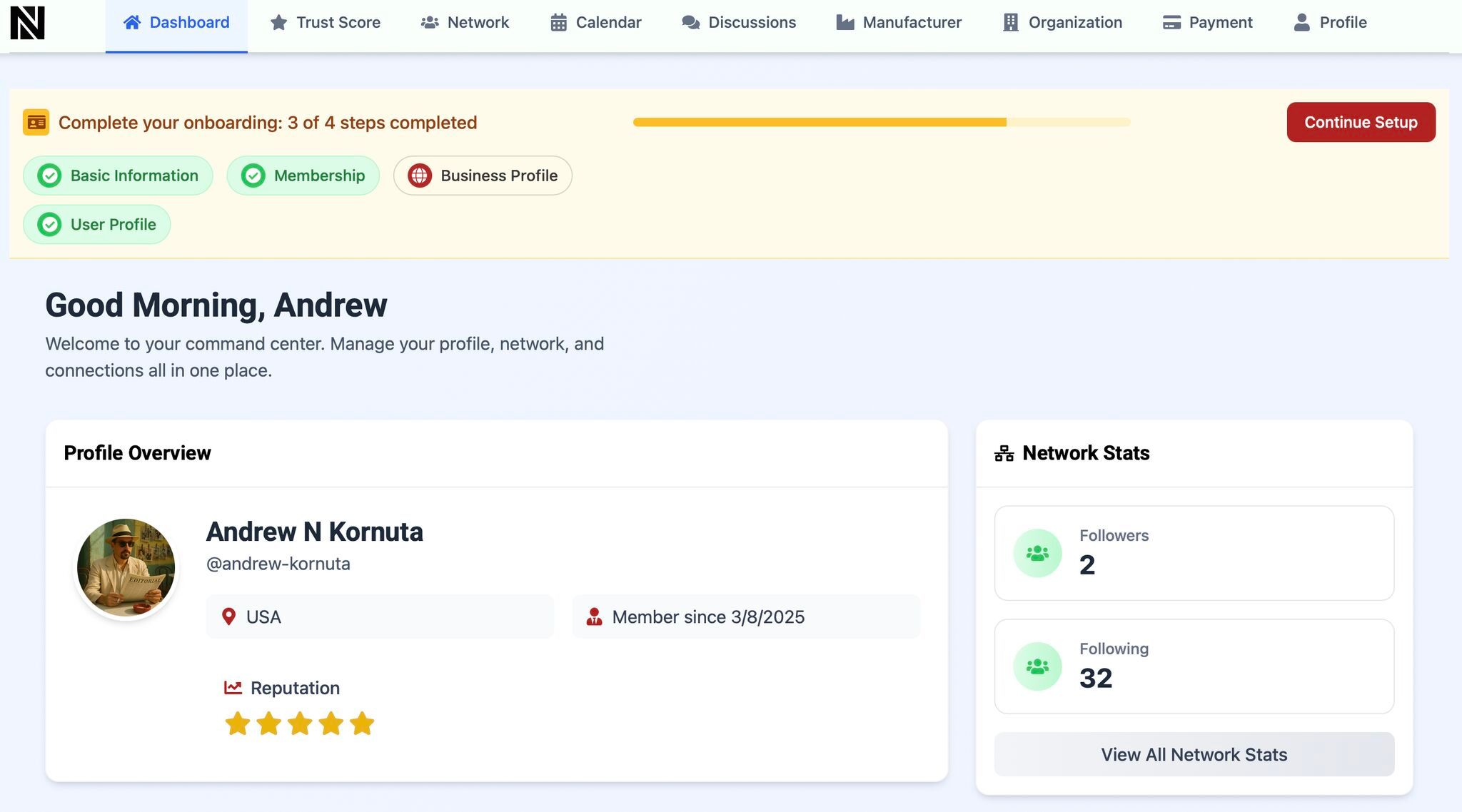As global trade dynamics shift and new U.S. tariffs reshape the cost structure of imports, businesses are taking a fresh look at where and how they manufacture. While China and other Asian countries have traditionally been viewed as low-cost options, today’s landscape marked by rising tariffs, geopolitical tension, and supply chain disruption reveals that American manufacturing often provides a superior overall value when total cost, risk, and agility are considered.
Labor Costs: More Than Just Hourly Wages
While labor costs in Asia remain lower on paper, the savings are increasingly offset by factors like productivity, training, automation and shipping time. According to 2021 data from Statista, China’s average manufacturing labor cost was $5.51 per hour, still significantly less than the U.S. but American workers consistently deliver higher output per hour due to advanced skills, automation, and more robust infrastructure. With growing demand for precision and speed in production, quality-adjusted labor costs in the U.S. are more competitive than ever.
Tariffs and Trade Tensions: The New Cost Frontier
In 2025, the United States implemented a new round of tariffs targeting critical sectors like semiconductors, EV components, and industrial machinery. These measures are designed to bolster domestic industry and reduce dependence on geopolitical rivals and have made importing many goods from China and other low-cost regions substantially more expensive.
Even previously minor cost differences are now compounded by duties ranging from 10% to 30% or more, changing the calculus for manufacturers. These tariffs not only increase the landed cost of goods but also create uncertainty, making long-term planning and pricing unpredictable.
Quality, Compliance, and Reliability
Manufacturing in the U.S. reduces quality control headaches. American facilities must adhere to stringent environmental, safety, and labor standards, leading to more reliable and compliant products. Deloitte’s research found that U.S. factories produced 30% fewer defects compared to their Chinese counterparts, a meaningful advantage in industries like medical, defense, aerospace, and electronics.
Quality assurance in domestic manufacturing also minimizes the risk of product recalls, regulatory penalties, and lost customer trust costs that often go unaccounted for in overseas sourcing models.
Shipping, Lead Times, and Supply Chain Agility
In a world of volatile freight prices and congested ports, distance matters. Shipping a container from East Asia to the U.S. West Coast still takes 3-6 weeks and can cost $6,000-$10,000 or more per container, depending on capacity and fuel prices. With 2025's tightening tariffs and inspections at U.S. ports, delays are more frequent and expensive.
In contrast, domestic or nearshore production (e.g., U.S., Mexico, or Canada) cuts weeks from delivery timelines, lowers freight costs, and ensures a higher degree of control over logistics. This agility is crucial for businesses that need to respond quickly to market shifts, inventory changes, or customer feedback.
Inventory and Cash Flow Optimization
Offshore manufacturing often requires large, infrequent orders to justify long transit times and customs complexity. This ties up working capital in inventory and increases the risk of overstock, obsolescence, or damage during shipping.
Nearshoring enables smaller, more frequent orders that match real-time demand. This reduces warehouse costs, improves responsiveness, and frees up cash for growth, hiring, or R&D. In a high-interest-rate environment, optimizing working capital is no longer optional, it's a requirement.
Hidden Costs and Strategic Risk
Beyond tariffs and freight, overseas sourcing introduces risks often ignored in spreadsheet analyses:
IP Theft: Asia remains a hotspot for unauthorized replication of designs, products, and processes. U.S. firms lose hundreds of billions annually to intellectual property theft.
Political Risk: Escalating tensions between the U.S. and China including sanctions, export bans, and cyber threats can cripple supply chains overnight.
Complexity: Time zone differences, language barriers, and cultural gaps make problem-solving slower and coordination harder especially in crisis situations.
Case Studies: Companies Moving Closer to Home
Leading U.S. firms are acting decisively. Intel’s $20 billion investment in Arizona is just one example of reshoring for security and speed. Mattel has rerouted production to Mexico, improving lead times and responsiveness. Countless small and mid-sized manufacturers are quietly following suit, positioning themselves closer to customers and critical infrastructure.
The Strategic Advantage of Reshoring in 2025
Nearshoring and reshoring are no longer just patriotic choices they’re smart business moves. A Boston Consulting Group study found that companies reshoring to the U.S. saw:
**20% lower total supply chain costs
30% higher delivery reliability
Significant improvement in brand trust and customer loyalty
Conclusion: The Tariff-Era Cost Equation**
The 2025 tariff landscape has redrawn the cost map for global production. While Asia may still offer lower headline labor costs, the full picture tells a different story. Tariffs, logistics, compliance, and strategic risk tip the scales in favor of domestic and nearshore production.
American manufacturing now offers a unique blend of quality, agility, and economic resilience especially for companies focused on long-term value and customer trust. Businesses that recognize and act on this shift will not only save money they’ll build smarter, stronger supply chains that are built to last.
 1
0 Votes2 Posts125 Views
1
0 Votes2 Posts125 Views